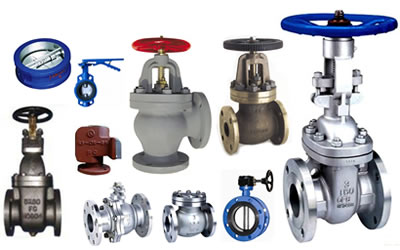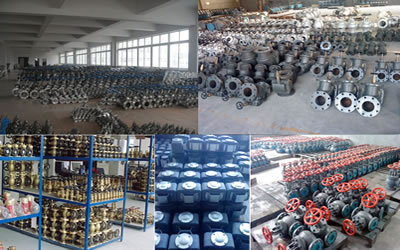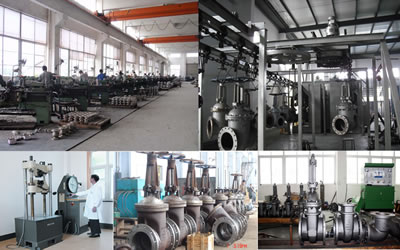WHAT WE DO?
Our mainly products were globe valve,angle valve,gate valve,SDNR valve,check valve,hose valve,storm valve,butterfly valve,air vent head,strainer tec, according to DIN,JIS,ANSI,API,BS,GB,CB,CBM,AS standard. Material is including cast iron,ductile iron,cast steel,cast bronze,forged brass,stainless steel,forge steel,and can be extensively used in marine,petroleum,chemical, metallurgical,electric power,architectural,agriculture field.
OUR VALVE PACKING
We have our own packing worshop and workman to tailored packages according to the product.All of our valves were packing carefully by plywood cases,to avoid damage when transportation by air,by sea,or by courier.
OUR STORAGE
Our warehouse area was more than 2000 square meters with large ex-stock valves including gate valves,globe valves,butterfly valves ,bronze vavles and air vent head,to meet the demand of customer's spot requirement.This make us save the time to prepare order and provide the customer faster delivery.
PRODUCT PROCESSING
We have more than 120 product processing staffs,including 24 senior engineers&12 R&D engineers,Moreover,We have well-working machining equipments and inpsection equipments for vavles.That make sure we could processing the high-quality valves.





